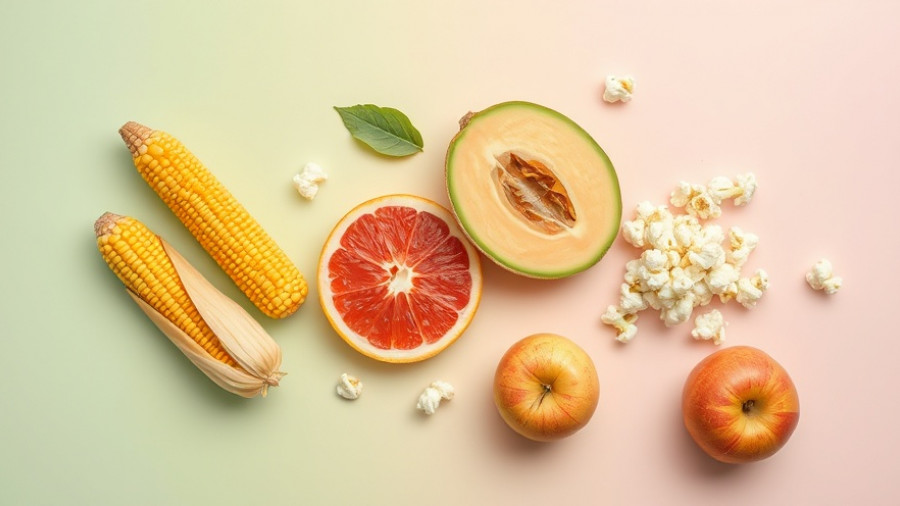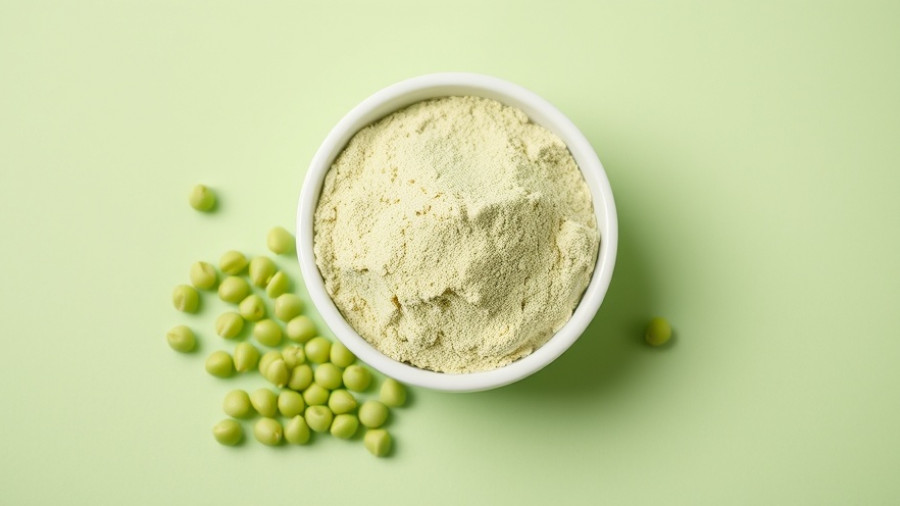
Understanding Nutritional Safety During Chemotherapy
Navigating diet during chemotherapy can be daunting, especially when not all foods are beneficial. Nutrition holds a vital role in cancer treatment — it helps maintain energy levels, safeguards the immune system, and prevents unintended weight loss. However, during chemotherapy, understanding which foods to avoid is crucial for ensuring overall health.
Potential Risks of Diet Choices during Chemotherapy
The immune system takes a considerable hit from chemotherapy treatments. According to experts like Lily Lichtenstein, RD, certain foods and supplements could compromise this already weakened state, potentially leading to foodborne illnesses or adverse drug interactions. Hence, dietary vigilance isn't just a choice; it's a necessity.
13 Foods to Avoid for a Safe Chemotherapy Journey
Here are some of the significant foods and supplements that cancer patients should steer clear of during treatment:
- Unpasteurized Milk: Contains harmful bacteria such as listeria that can wreak havoc on a compromised immune system.
- Grapefruit: A healthy fruit high in Vitamin C, but it can interfere with numerous medications, including certain chemotherapy drugs.
- Raw Sprouts: High-risk foods due to potential bacterial contamination, which poses a threat to immunocompromised patients.
- Processed Sugars: They can elevate inflammation and may negatively affect treatment outcomes.
- Alcohol: It can exacerbate side effects of chemotherapy, leading to dehydration and increased fatigue.
- Certain Fish: High mercury levels in some fish can pose a risk during cancer treatment, diminishing overall health.
- High-Fiber Foods: While fiber is essential, large amounts right before or after chemotherapy can lead to discomfort.
- Caffeine: May worsen dehydration and increase anxiety levels, impacting mental clarity during treatment.
- Supplements with Antioxidants: Can interfere with the effectiveness of chemotherapy drugs.
- Spicy Foods: May irritate the digestive system, causing discomfort when patients are already sensitive.
- Raw or Undercooked Foods: Increased risk of foodborne illness due to diminished immune function.
- Food with Additives: These can lead to inflammation and should be avoided when trying to maintain overall wellness.
- Soft Cheeses: Like unpasteurized milk, they may harbor harmful bacteria.
Consulting Your Cancer Care Team: A Crucial Step
Always discuss any dietary changes with your medical team. They offer personalized assessments, taking into account your specific type of cancer, treatment plan, and overall health. Incorporating their insights into your dietary choices can help mitigate risks and enhance treatment efficacy.
Navigating the Emotional Landscape of Food Choices
During cancer treatment, dietary restrictions can come with emotional challenges. Celebrations and community gatherings often revolve around food, which may lead to feelings of isolation. As you make informed choices, try to find alternatives that allow you to participate without compromising your health.
Creating a Supportive Food Environment
Building a healthy support system while undergoing chemotherapy is fundamental. Replace risky foods with healthier options. Connect with local wellness groups in Central Ohio to learn more about safe eating practices and emotional support during this journey.
Sources for Nutritional Guidance
Numerous resources are available to guide you on safe dietary practices during chemotherapy. Consult with registered dietitians specializing in oncology nutrition, check out community centers offering nutrition workshops, or utilize online platforms dedicated to cancer care.
Final Thoughts and Empowerment
While the food choices you make during chemotherapy can feel overwhelming, knowing what to avoid is empowering. Equip yourself with knowledge, communicate with your healthcare team, and explore local resources that can support your wellness journey. Together, these steps can foster a healthier mindset and enhance your overall treatment experience.
Ready to take the next step in your wellness journey? Consult your healthcare team to receive tailored advice on maintaining a healthy diet during chemotherapy.
 Add Row
Add Row  Add
Add 




Write A Comment